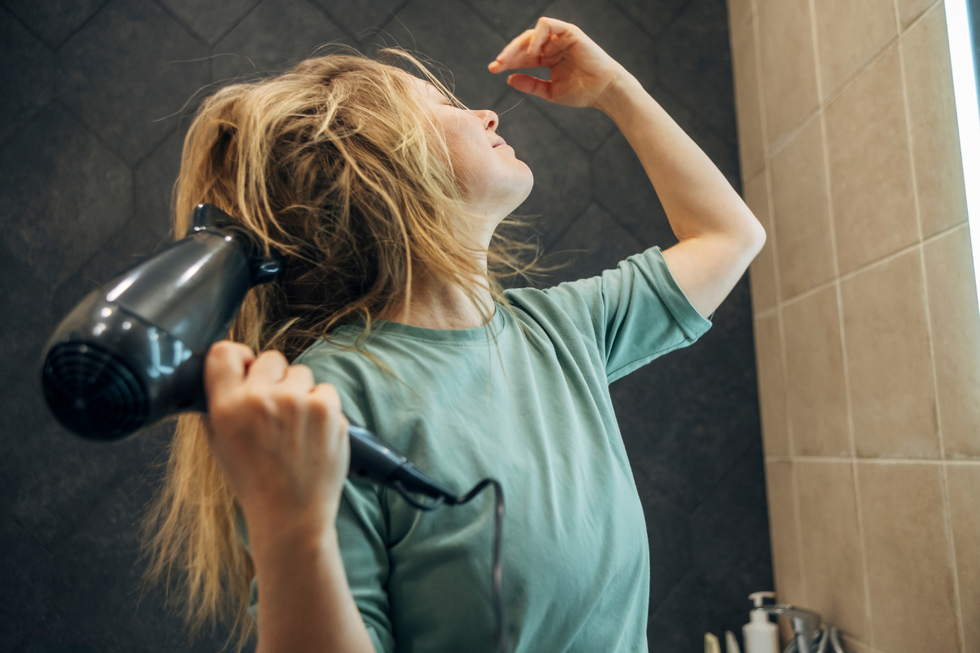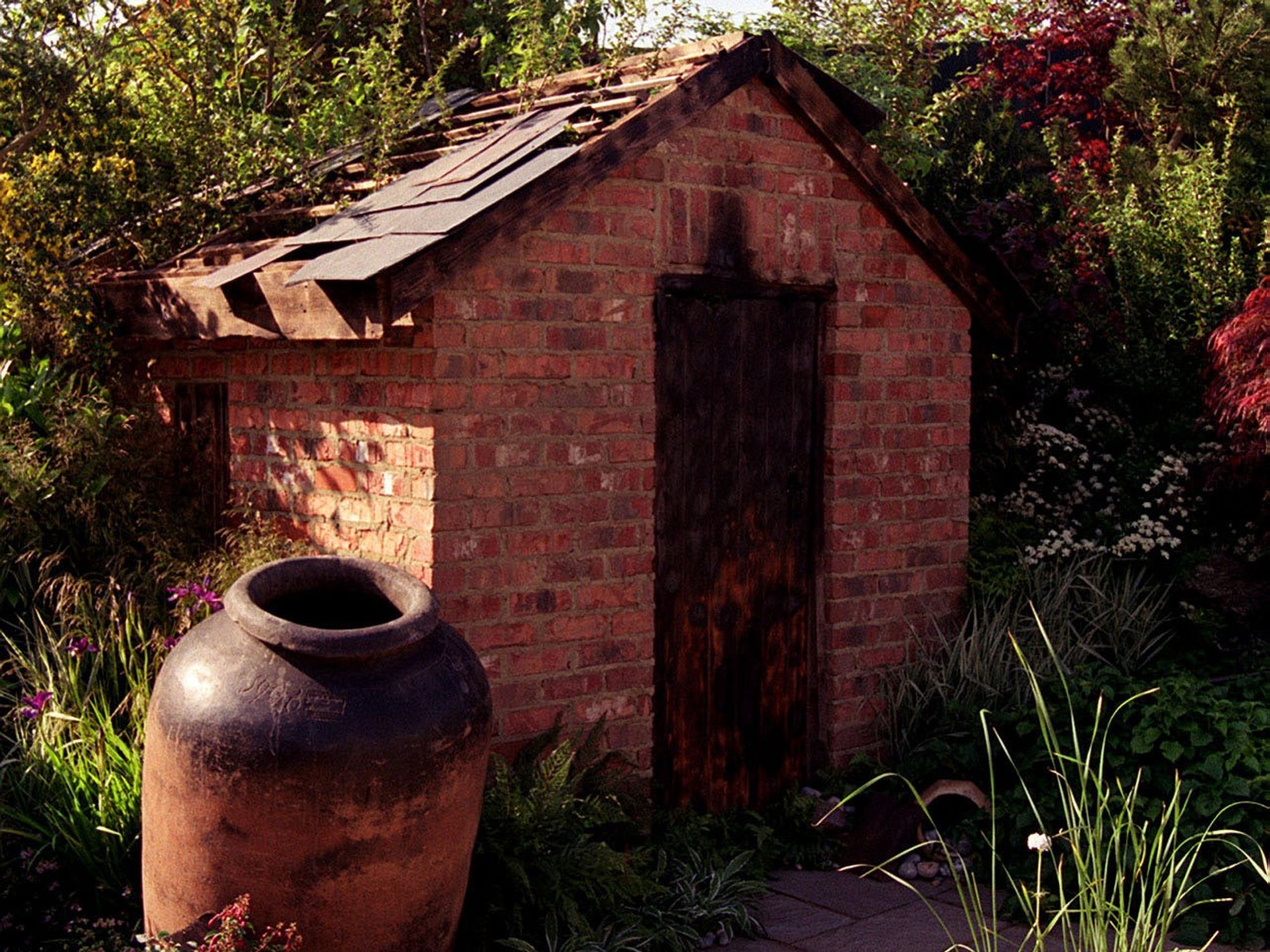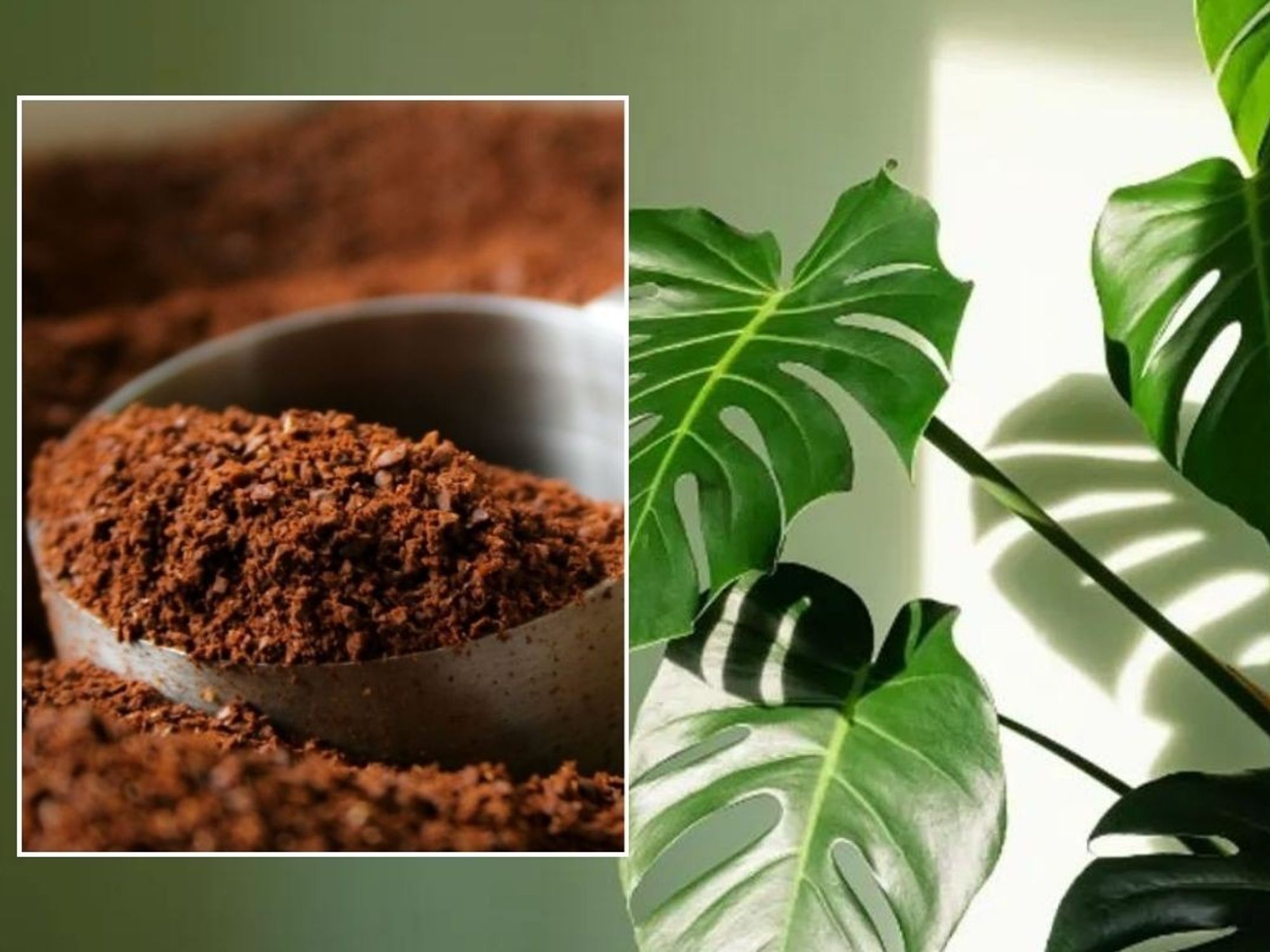Dermatologist sounds alarm over hair loss risk for those who commit ‘lazy’ post-shower mistake
Moisture from wet hair could trigger serious scalp conditions that imitate mould-like symptoms
Don't Miss
Most Read
Worry has flooded online communities after experts warned hair care enthusiasts over the latest concern surrounding their precious locks.
Those who neglect to dry their hair after showering are in for a dire warning from a dermatologist, revealing that this seemingly harmless habit could lead to hair loss.
The practice of leaving hair damp for extended periods creates ideal conditions for fungal to thrive on the scalp, according to medical experts.
But, despite social media fuelling concerns about "mouldy hair", dermatologists have clarified that actual mould doesn't grow on human hair.
However, the moisture from wet hair can trigger serious scalp conditions that mimic mould-like symptoms.

Moisture from wet hair could trigger serious scalp conditions that imitate mould-like symptoms
|@aamnaadel
These fungal infections, if left untreated, can pose a genuine risk to hair health and retention. Explaining the science behind the risk to her TikTok followers, Dr Aamna Adel said: "We, all of us, have natural yeast and fungus that lives on our skin and our scalp and it called a melassezia."
She warned that fungus "loves nothing more than moisture" and those who are "lazy when it comes to drying your hair after you wash it" create ideal conditions for problems.
As a result, she advised followers: "Always dry your hair after you wash your scalp."
"You are creating a perfect storm, the perfect environment for this yeast to basically overgrow and that essentially leads to something called seborrheic dermatitis (aka dandruff)," the skin expert added.
LATEST HAIR TIPS AND TRICKS
Most concerning, she cautioned that damp hair "increases your risk of getting a fungal infection which is called tinea capitis and, trust me, you don't want that on your scalp because, in its worst state, it can actually cause your hair to fall out."
Medical professionals have clarified that whilst actual mould cannot grow on human hair, the terminology has emerged from conditions that create mould-like appearances on the scalp.
The confusion derives from how certain fungal infections present themselves, with red inflammation, dry or scaly patches, and discoloured shedding skin resembling mould growth.
Our scalp naturally hosts a microbiome of bacteria, viruses and fungi that maintain healthy skin.
When this delicate balance is disrupted by prolonged dampness, it can lead to an overgrowth of yeast and subsequent dermatological conditions.

Damp hair can lead to an overgrowth of yeast and subsequent dermatological conditions
|GETTY
These imbalances particularly occur during colder months when hair takes longer to dry naturally.
The most common condition mistaken for "hair mould" is seborrheic dermatitis, a chronic form of eczema affecting sebaceous gland-rich regions of the scalp.
The condition ranges from mild dandruff to severe itchy, flaky rashes requiring medical intervention.
Treatment options include medicated shampoos, anti-fungal creams and steroids, depending on the severity of the case.










